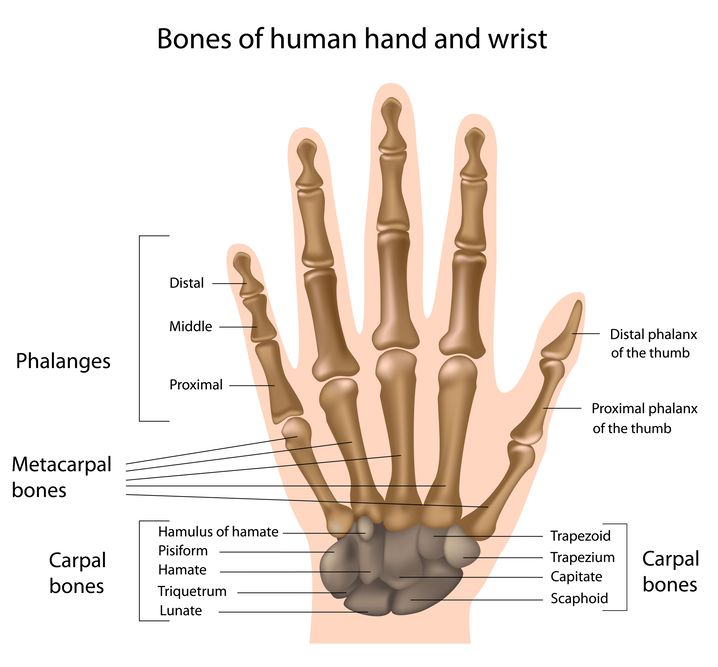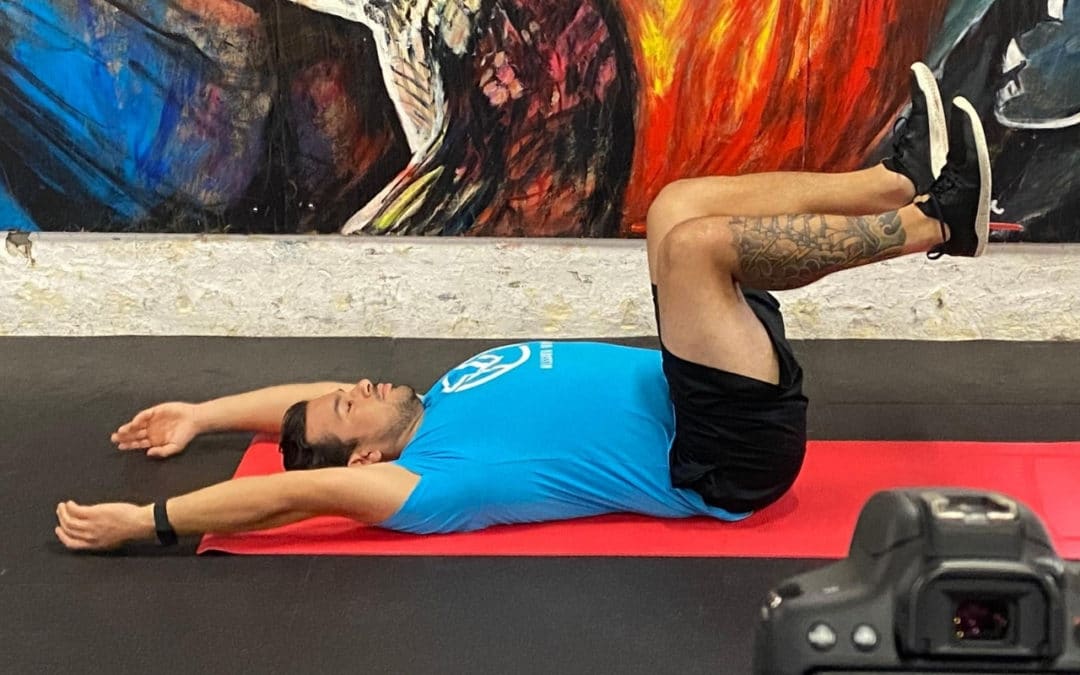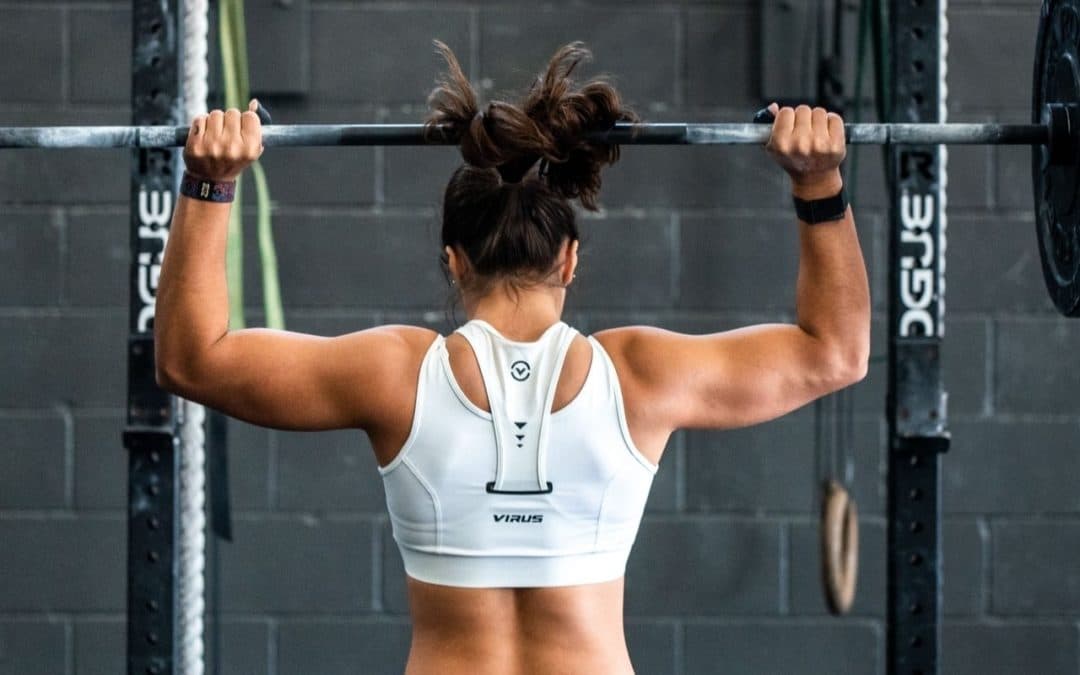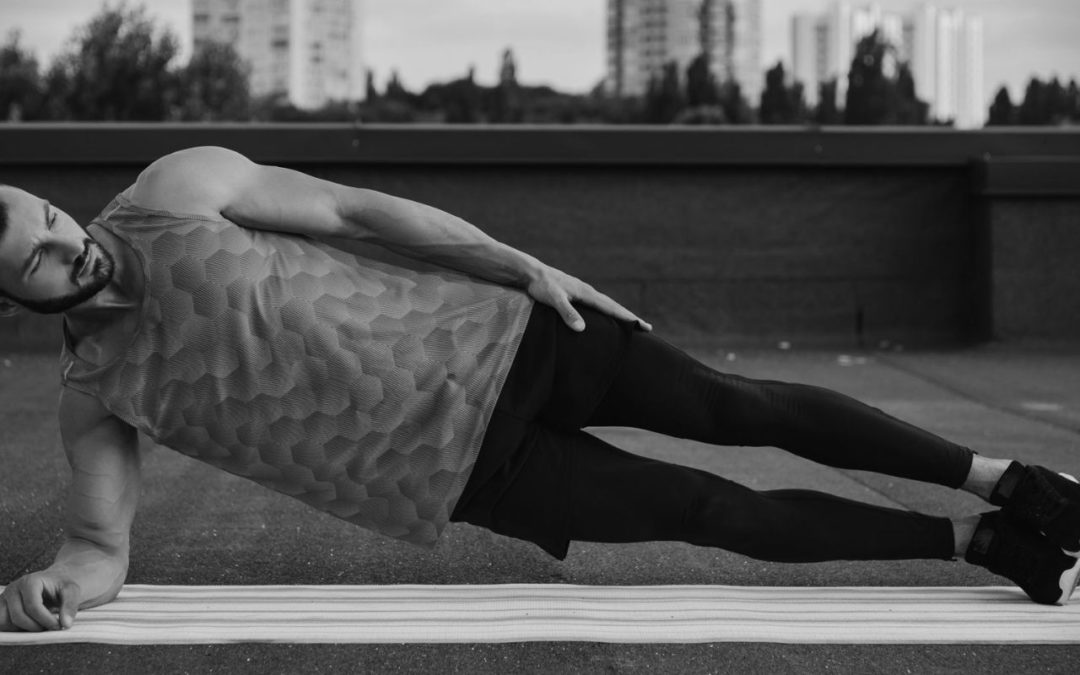Wrist pain in Crossfit
In Crossfit wrist pain is pretty common. Sometimes it is a result of a serious trauma but most of the time it is due to poor movement and overuse. These factors are easy to control so you can prevent wrist pain in your Crossfit training with some simple mobility exercises.
Each body part requires a certain degree of mobility and control to function properly. If one area lacks that minimum function you can usually find a way to work around it and still get in a good workout without hurting yourself. But a wrist injury really makes it hard to train your upper-body.
The wrist is a vulnerable joint
The wrist has a unique anatomy. The carpal bones of the wrist are small and odd-shaped; they are connected with a lot of small ligaments and are intended to slide and glide around one another as the wrist moves. These intricate interactions require precision movements in order to function optimally.

The wrist also lacks the support of any muscles directly crossing it. Instead, the wrist relies on several long tendons from muscles that originate in the forearm and the short muscles of the hand for support. This is in contrast to most other joints in the body. Most joints utilize small, ‘local’ muscles to help stabilize and control the joint while larger ‘global’ muscles are responsible for bigger movements.
The lack of local musculature means that the longer forearm muscles must work with the passive stabilizing carpal ligaments to support the wrist. Thus making it particularly vulnerable to pain and injury.
Why does training pose a threat?
Many training programs demand a lot from the wrist. The forces being applied through the wrist along with the high volume of Crossfit style training make wrist pain both a common occurrence and a literal pain to fix.
Handstand push-ups, most barbell exercises, kettlebell exercises and pretty much any other upper body exercise place stress on the wrists. This is usually because the wrist ends up at its end range in extension while under load.
Not only are the demands of training brutal on the wrist, but our world also seems to want them to suffer as well. Every day most of us text, type, and position ourselves into biomechanical oblivion. All of these activities require a fairly static position for long periods of time which can contribute to tight flexor muscles in the forearm. If you couple our lifestyles with the types of training that we do and we have a recipe for tight forearms and therefore wrist injuries.
Think about how much you grip and pull things in the gym. Every kettlebell swing, every pull-up, and every time you pull from the ground our wrist and finger flexor muscles are called upon. If you don’t care for the muscles in the forearm you are setting yourself up for injury. Dysfunctional forearms can lead to elbow pain, positional faults in the front rack and pressing positions, and even symptoms of carpal tunnel syndrome.
Forearm mobility can prevent wrist pain in Crossfit
Immobility of the forearm muscles that cross the wrist can alter the intricate movements of the carpal bones. If these aren’t moving well and then the region is stressed repeatedly, as it often is in Crossfit, then the local tissues will suffer.
I like to think about it like this-
The regions of the body are all connected. Together they have one job, to move. If one area isn’t moving as it is supposed to then something else has to pick up the slack. In this case, if the forearm muscles are dysfunctional it can change the demands on the wrist and elbow.
Simply put- when forearm muscles aren’t working, the little bones of the wrist don’t move correctly which can lead to pain. The concept of joints moving as they are intended is called joint centration; any joint can have poor centration if the muscles next to it are dysfunctional.
This simple series of exercises can help you uncoil your forearms and continue training without missing a training day. It can help you improve your wrist joint centration.
Overuse
Sometimes, despite your best intentions you still suffer from wrist pain during Crossfit training. Most of the time this is due to overuse. Your wrists have just been pushed too far, too frequently, without enough time to recover between sessions.
Bottom line-
Overuse injuries are a result of repetitive trauma over time and not enough recovery.
The likelihood of overuse injuries can be increased if movement is poor, in this case, caused by tight forearms. Remember, dysfunctional tissues can lead to poor joint centration.
What about Wrist wraps?
Using wrist wraps is a common way to increase stability at the wrist. They work by adding a little bit of external resistance to stop the wrist from getting into full extension. This can spare some stress on those small carpal ligaments and bones. That is, as long as the wraps are applied correctly and for the right reasons
Wrist wraps are great, but I think that most people don’t need to use them most of the time. There are only a couple of instances in which I recommend using wrist wraps:
-
- Max effort pushing/pressing
- During recovery from an injury or pain
Max effort pushes like bench press and overhead movements like the jerk put the wrist in a tough position. Under heavy loads, the wrist may overextend to end range, stressing the passive stabilizers like the carpal ligaments. Under most circumstances, end range isn’t a bad thing to hit, but under load, it can be a hazardous place, especially if the joint is taxed with near maximal weight.
Recovering from wrist pain in crossfit can be a trying time. You may be struggling to figure out what you can actually do to stay in shape while your body heals. Nearly all of the hard-charging athletes and military operators I have worked with during my career have struggled with this post-injury period.
The most dangerous time for the athlete returning to activity is when they don’t have pain but their body isn’t quite ready to handle the rigors of full training yet. During this time exercise modifications and gear like wrist wraps or tape may be helpful.
If you choose to use wrist wraps or tape, by all means, make sure that you apply them correctly.
Other Factors that may affect wrist pain in Crossfit
If you are experiencing wrist pain in the front rack, it may not just be tight forearm muscles that are the issue. That position is pretty complex and requires:
-
- Flexion mobility at the elbow
- Shoulder external rotation
- Shoulder flexion
- Thoracic spine extension
- Core and spine stability
Assessing these can be tricky. If you want some help then get access to our free or reach out to us for one on one help.




